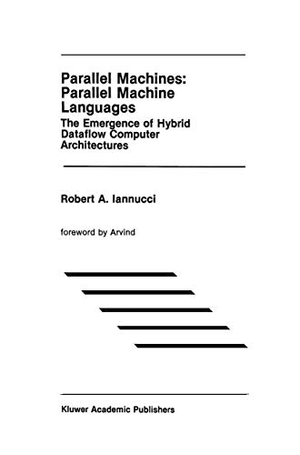Für statistische Zwecke und um bestmögliche Funktionalität zu bieten, speichert diese Website Cookies auf Ihrem Gerät. Das Speichern von Cookies kann in den Browser-Einstellungen deaktiviert werden. Wenn Sie die Website weiter nutzen, stimmen Sie der Verwendung von Cookies zu.
Cookie akzeptieren
Robert A. Iannucci
Parallel Machines: Parallel Machine Languages
- Springer US
- 2011
- Taschenbuch
- 232 Seiten
- ISBN 9781461288275
It is universally accepted today that parallel processing is here to stay but that software for parallel machines is still difficult to develop. However, there is little recognition of the fact that changes in processor architecture can significantly ease the development of software. In the seventies the availability of processors that could address a large name space directly, eliminated the problem of name management at one level and paved the way for the routine development of large programs. Similarly, today, processor architectures that can facilitate cheap synchronization and provide a global address space can simplify compiler development for parallel machines. If the cost of synchronization remains
Mehr
Weniger
zzgl. Versand
in Kürze